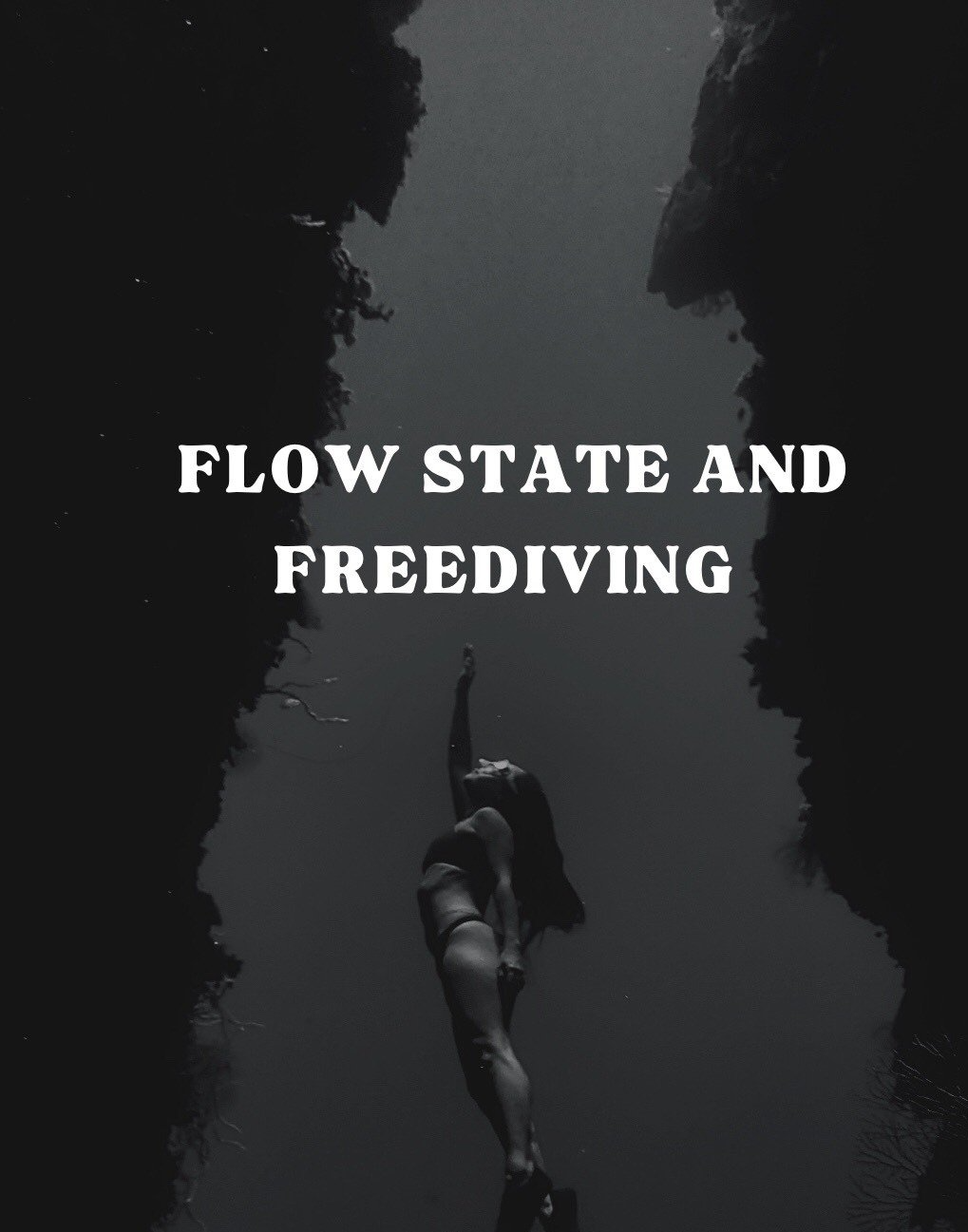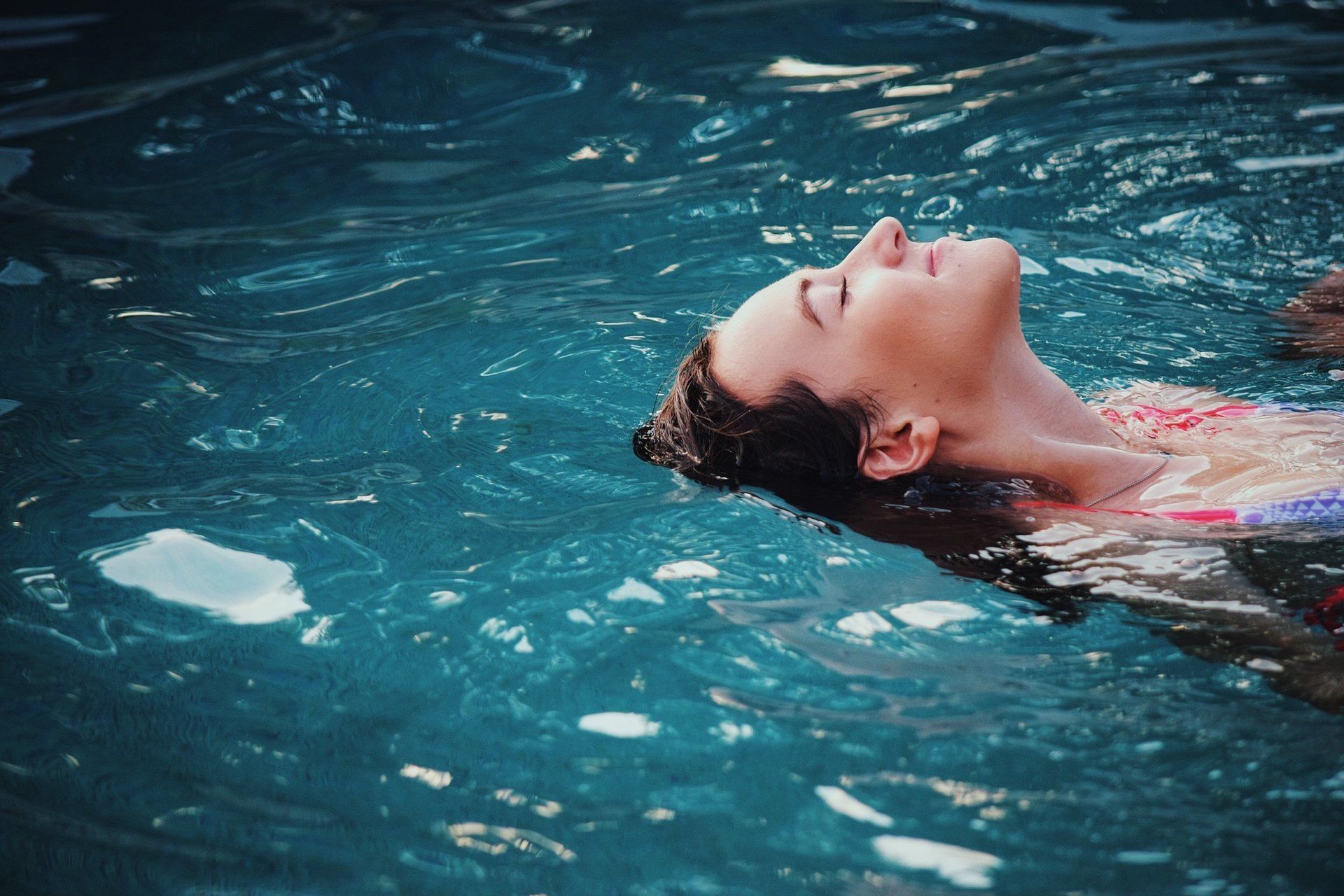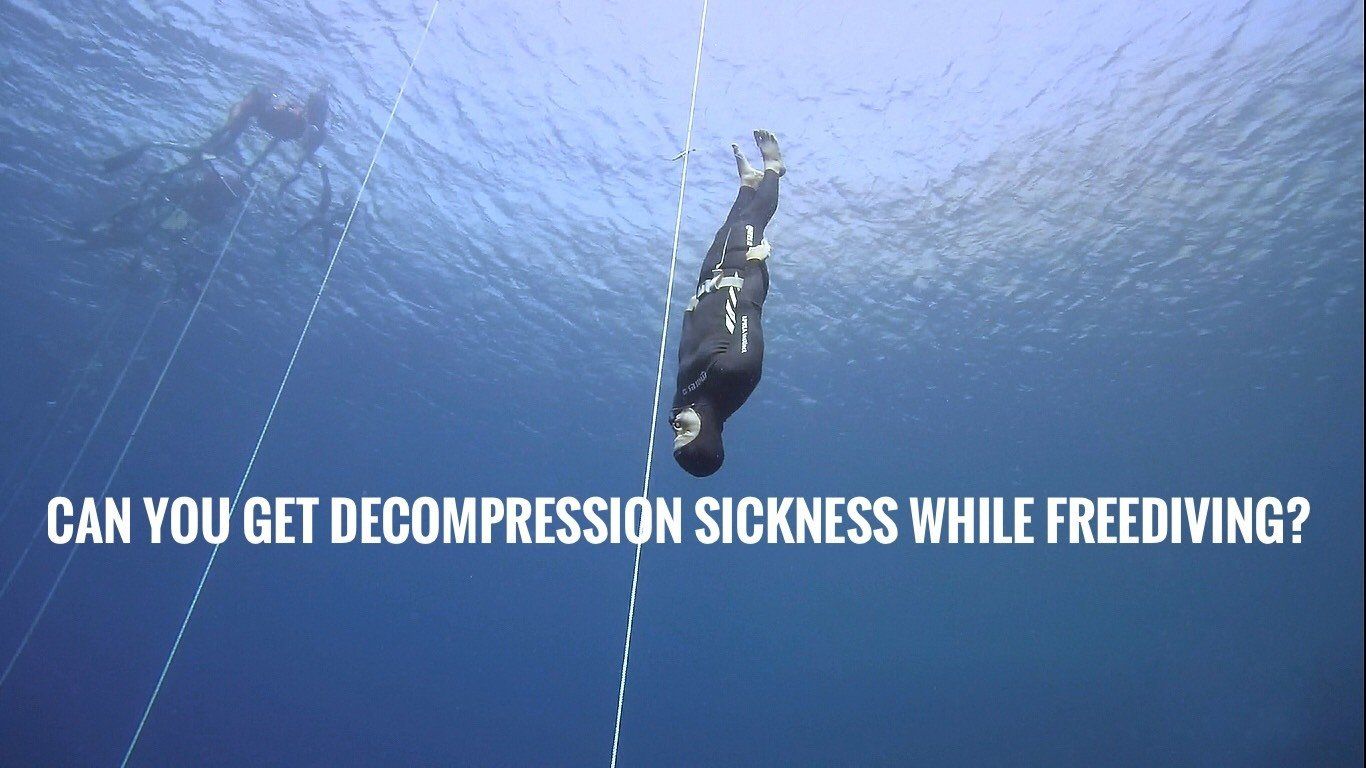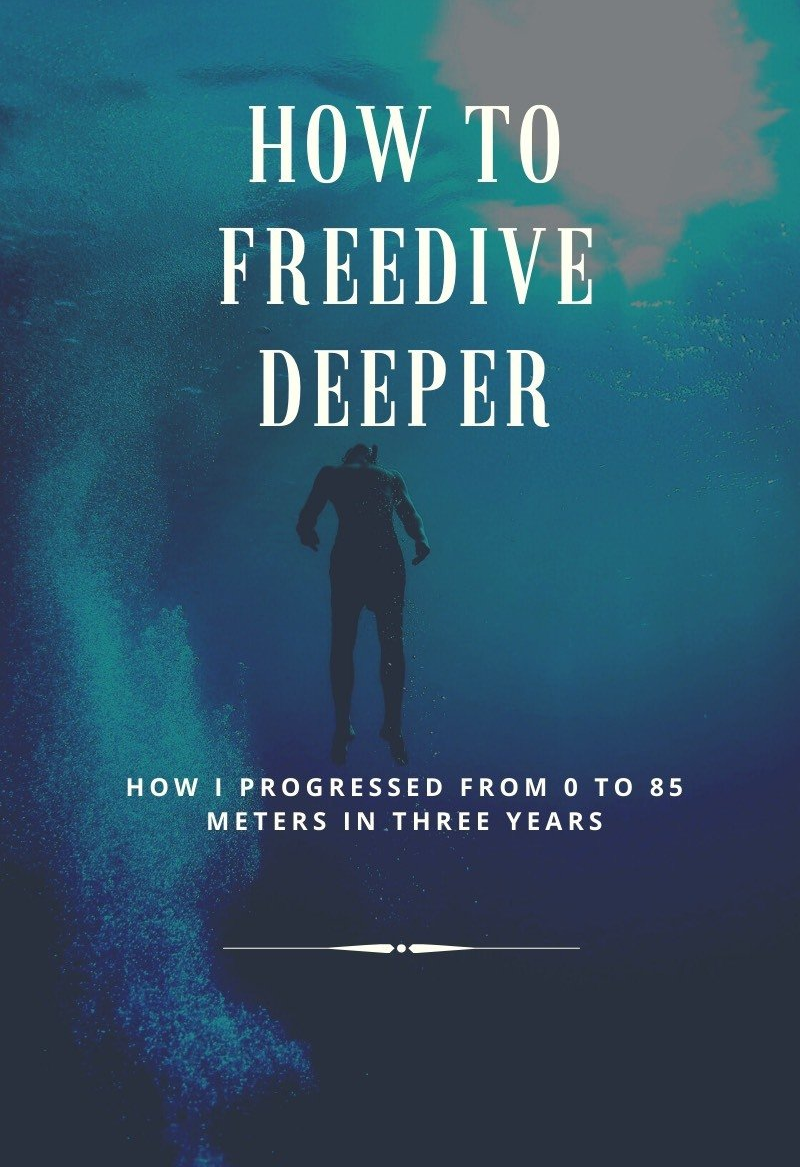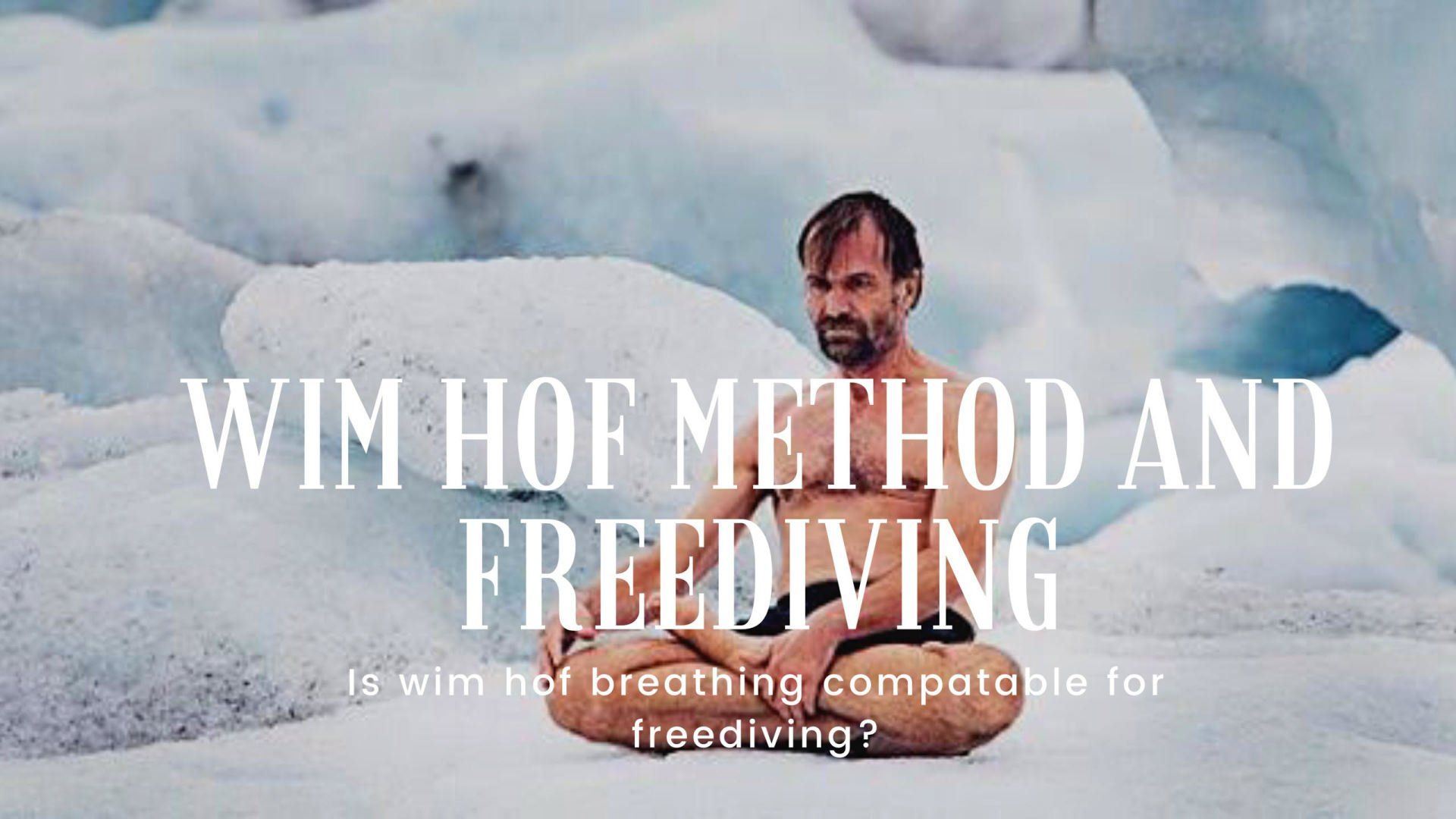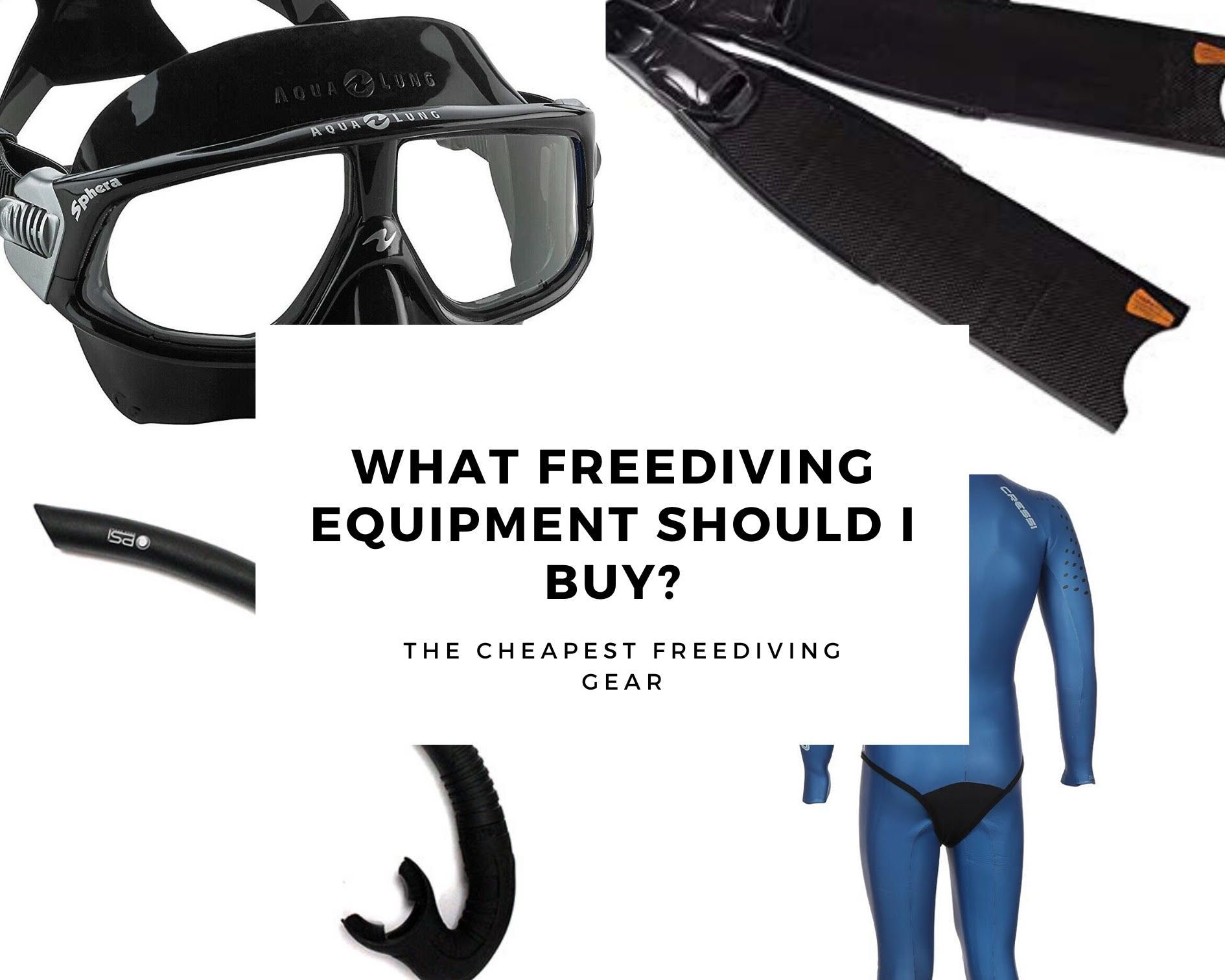How to choose the right freediving course
A navigation through the jungle of freediving courses
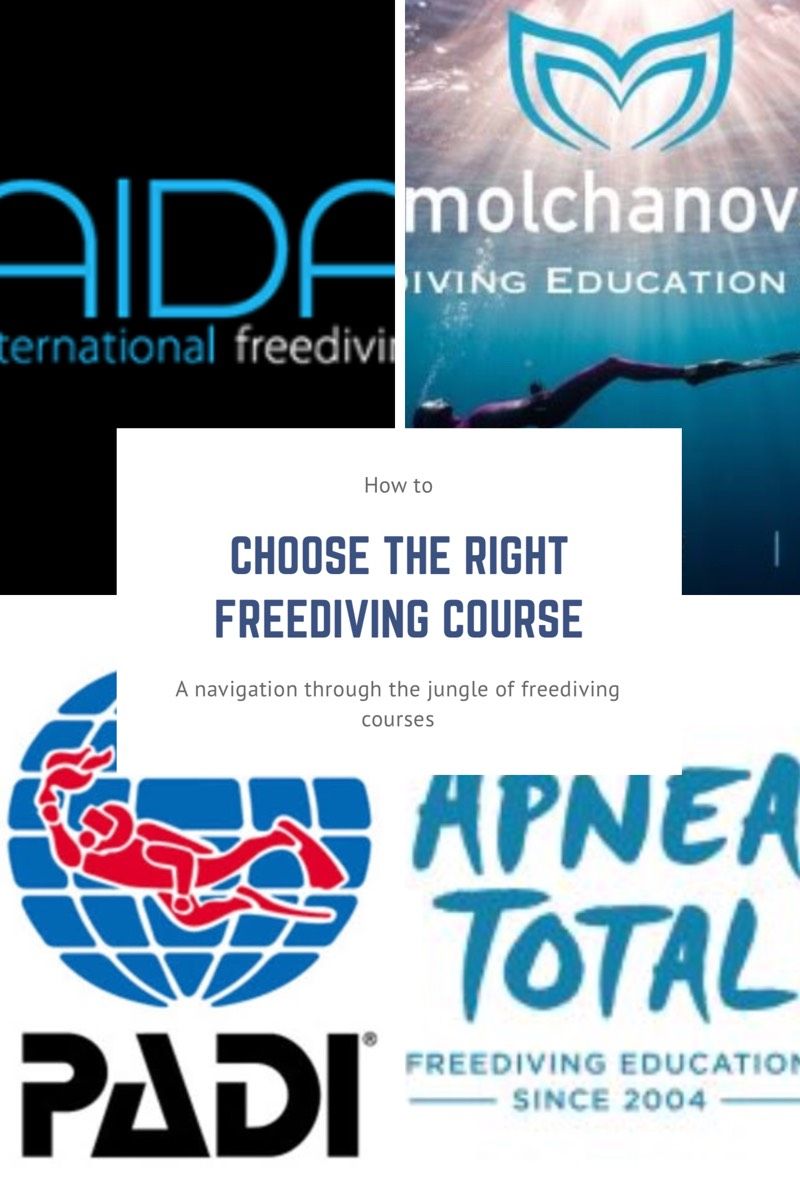
PADI, AIDA, SSI, Molchanovs, Apnea Total.... What do they all stand for? Which is the best organisation to choose for a freediving course, and can you change between organisations as you do different level courses?
In this article I hope to answer these questions and more.
In the beginning of my freediving career, I went through most of them in the search of the cheapest and best option.
Like many freedivers, my budget was very limited and my priority was to get as much time freediving for as little money as possible.
After going through the above organisations, I realised that the most important rule when choosing a freediving course is to make sure you get a good instructor.
Most of the courses will have a similar outline and structure. This means that the biggest factor will be the person presenting the information and supporting you throughout the course.
How can you then ensure that you get a good and trustworthy instructor?
For this you can take a peek at the different organisations requirements.
The first thing would be to check what it takes to become an instructor for the organisation.
The deeper or harder requirements the organisation has for the instructor candidate, the more you can be sure that your instructor has gone through a lot of own training and deep diving. He or she has probably also experienced a lot of setbacks and come up with ways to get around them, which will make them able to better explain and help you to go deeper or overcome a certain barrier. You will also make sure that your instructor has a genuine passion for freediving, which is probably the most important quality for an instructor.
The depth requirements for freediving instructors are as follows (Deepest first):
1
.
Molchanovs - wave 3 instructor - 52 meters CWT bifins. Wave 1 & 2 - 42 meters.
2. AIDA - 50 meters.
3. SSI - 40 meters, SSI level 3 is 50 meters
4. Apnea -Total - 40 meters
5.
PADI - 40 meters, or 20 meters if already are scuba diving instructor.
How much does a freediving course cost?
The prices vary from school to school and are usually more expensive in big cities and in more developed countries where the school or instructor has to pay more tax and has more expenses.
The price for a freediving course can go for anywhere from 150€ to 500€. And it doesn’t really differ much depending of the organisation. The school or instructor will set their own price regardless of the organisation they’re teaching from.
The cheapest places to learn freediving (from my experience) are:
1. Thailand (Koh Tao)
2. Philippines (Panglao)
3. Indonesia (Bali) (read more about the cheapest places in this article - https://www.alexanderfreediver.com/freediving-on-a-shoestring-budget “
So what do the different organisations stand for?
1. Molchanovs - Made by the best freediver in history, Nathalia Molchanova. By freedivers, for freedivers. This organisation is all about teaching you the right way from the beginning. If you want to learn from the best instructors and make sure that your instructor is trustworthy and has a true passion for freediving, then this organisation is for you. What’s so different with the molchanovs system, is that you are able to continue your training and follow a training schedule from the website and be part of the molchanovs community.
2. AIDA - Association Internationale pour le Développement de l'Apnée, Here you get a good course for your money. A safe and reliable course where you learn the right basics. Also an organisation which only teaches freediving. The first course I took and which I enjoyed a lot. Has also top level instructors.
3. SSI - Scuba Schools International, A very accesible school which you can find in most places you go to. As for the name, it can be a bit misleading at first. But even though they started with scuba diving teaching, now they’re been in the freediving business for long and are also a safe bet to choose and is widely spread and have a good recognition.
4. Apnea Total - This organisation has a very easygoing and fun attitude towards freediving education and is usually very affordable. Here you won’t have any theory tests or long theory sessions. Instead, most of the course will involve diving both on the line and snorkelling around the reef but usually no pool session.
5. PADI - maybe the most well known organisation of the above. You can find a school teaching PADI pretty much everywhere you go, so its really accessible and has a lot of instructors around the world. But the downside is that some of the instructors are scuba diving instructors and have little or almost no experience in freediving. This is due to that they’ve made it so easy for PADI scuba diving instructors to crossover to freediving without much training (They only have to be able to dive to 20 meters). So here you have to be extra careful to make sure you get a legitimate freediving instructor!
So, can you switch around from the different courses?
For example do a level 1 with SSI, and then do wave 2 with Molchanovs?
Yes, in most cases you can. Here again, it’s up to your instructor, and if he or she feels that you are ready or not. But in my experience, this has been possible in all the organisations. And I am personally letting people join my courses coming from different organisations if I feel that they’re ready for that.
The last thing I want to mention is the amount of students that will be in the course.
The best would be if it’s only you and the instructor on the course, so you get more time freediving and as much attention during the course as possible.
According to the rules, it’s not allowed for the instructor to have more than 4 students in the course. If there are more, the instructor needs an assistant to help out.
Me personally, I try to avoid a class of more than 3 people when I’m teaching. Just because it’s hard to give everyone the right amount of attention and the time freediving that the student paid for.
So to summarise, when you walk in to the next freediving shop or are looking around on the web. Ask who your instructor will be, what experience he or she has, and what organisation the course will be taught as.
As you can see in the article, I let you decide for yourself which of the different organisations to choose. I can not say which one is the best or the worst. It is a question of preference, and what you're looking for. I hope this article has made it easier to make this decision.
Lastly, make sure that the location is what you’re looking for, and go ahead and start your freediving journey, be it in rough conditions in a cold Swedish lake, or in the warm tropical waters of the Caribbean!
Here is a link if you want to enroll on a molchanovs course:https://myfreedivinginstructor.com/en/listings/1013136-molchanovs-freediving-course-wave-1-in-panglao-philippines
Share article:

